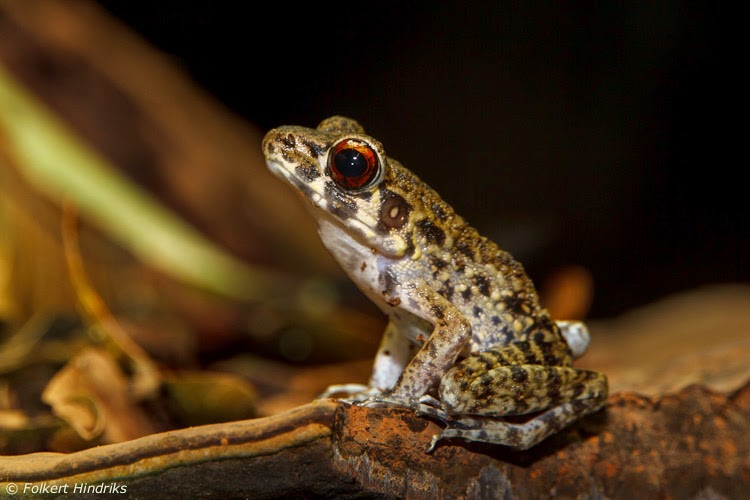I've been checking the river mouth of the Seria river the past 2 weeks, as this is
the time when most waders pass by. Usually a couple of sand plovers are around and with high tide they can come sufficiently close for some nice pictures. Here is one resting on a single leg:
 |
| Lesser sand plover (Charadrius mongolus). |
And this bird rather doesn't use any legs at all.
 |
| Lesser sand plover (Charadrius mongolus). |
This is also a good time to see sanderlings. Even on their way south, these are very active feeders, constantly running on the shoreline looking for little morsels.
 |
| Sanderling (Calidris alba). |
Their dutch name is "drieteen strand loper", which means as much as three-toes sandpiper. An adequate description; sanderlings miss a fourth hind toe as can be seen in the picture below.
 |
| Sanderling (Calidris alba). |
August and September are also good months to spot terns on the sandy shores next to the estuary. Mostly the flocks consist of little terns, which is a breeding species in Brunei.
 |
| Little and common terns |
But now and again some other tern species join their smaller cousins, such as these common terns.
 |
| Common tern (Sterna hirundo). |
The gull-billed terns are a size bigger and easily spotted. They're not always around and never numerous, typically just one or two birds. This bird is still in breeding plumage.
 |
| Gull-billed tern (Gelochelidon nilotica). |
I think this bird is already loosing its breeding plumage.
 |
| Gull-billed tern (Gelochelidon nilotica). |
Whimbrels are never seen in large numbers here. This was one of three birds, that flew in only for a very short period. Here it is taking off on its way further south.
 |
| Whimbrel (Numenius phaeopus). |
The grass lands are getting a little busier too. The number of egrets is clearly on the rise and little ringed plovers can be seen here and there. A few golden plovers were seen foraging just behind the beach wall in the shallow grassy pools.
 |
| Pacific golden plover (Pluvialis fulva). |
The last pic is not of a migrant, but of a thinly scattered forest species: a young male scarlet-breasted flowerpecker. I bumped into this bird in the weekend and I think this is my best shot of this species (or at least the sharpest…) so far.
 |
| Scarlet-breasted flowerpecker (Dicaeum thoracicus). |
I am possibly planning a small recce to the Baram estuary this week or next, which should be a good location for some additional waders.
Folkert, 31/08/2014




















